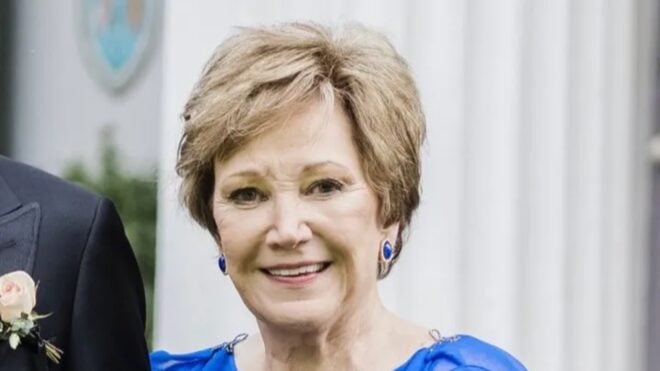80 years may have passed since Amelia Earhart disappeared during her trip around the equator in 1932, but people remain fascinated by her bravery and the mysteriousness that accompanies her seemingly vanishing into thin air.
Recently, a photo emerged featuring Earhart and her navigator that has fueled more theories about where she disappeared to.
Supposedly, the photo was taken after she was reported missing, leading some to believe she was captured by foreign forces.
Since the boat in the photo appears to be a Japanese military vessel, many people are speculating that it had something to do with her last days.
Regardless of what did or didn't happen to Earhart, she was a pioneer in more ways than one.
Recently, more evidence was unearthed. It didn't have to do with her disappearance, but rather exemplified just how ahead of the times Amelia Earhart really was, and would remain to be today.

As you probably know, Earhart was very much an icon in America, far before she even set out on the adventure that would be her last.
In 1928, she was invited to become the first woman to fly across the Atlantic, according to her website.
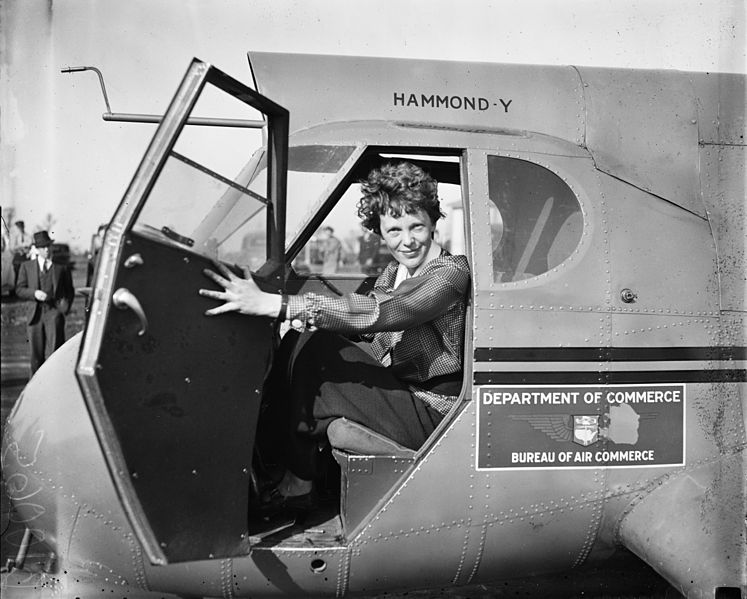
Earhart was a household name, and many celebrated her accomplishments in the air, and on the ground as a advocate for women's rights.
But the famous aviator was not always given the respect she deserved by the print media.
In 1932, she finally set the record straight, sending a polite but uncompromising letter to the New York Times.

More than seventy years later, current New York Times editor, Carol Ryan, shared Amelia's letter on Twitter, where she asks reporters to please stop calling her "Mrs. Putnam."
Today, it would never occur to anyone to call Amelia Earhart by anything other than her professional name, but back in the thirties, the world's first female aviator was always considered, first and foremost, the wife of a man named George Putnam.
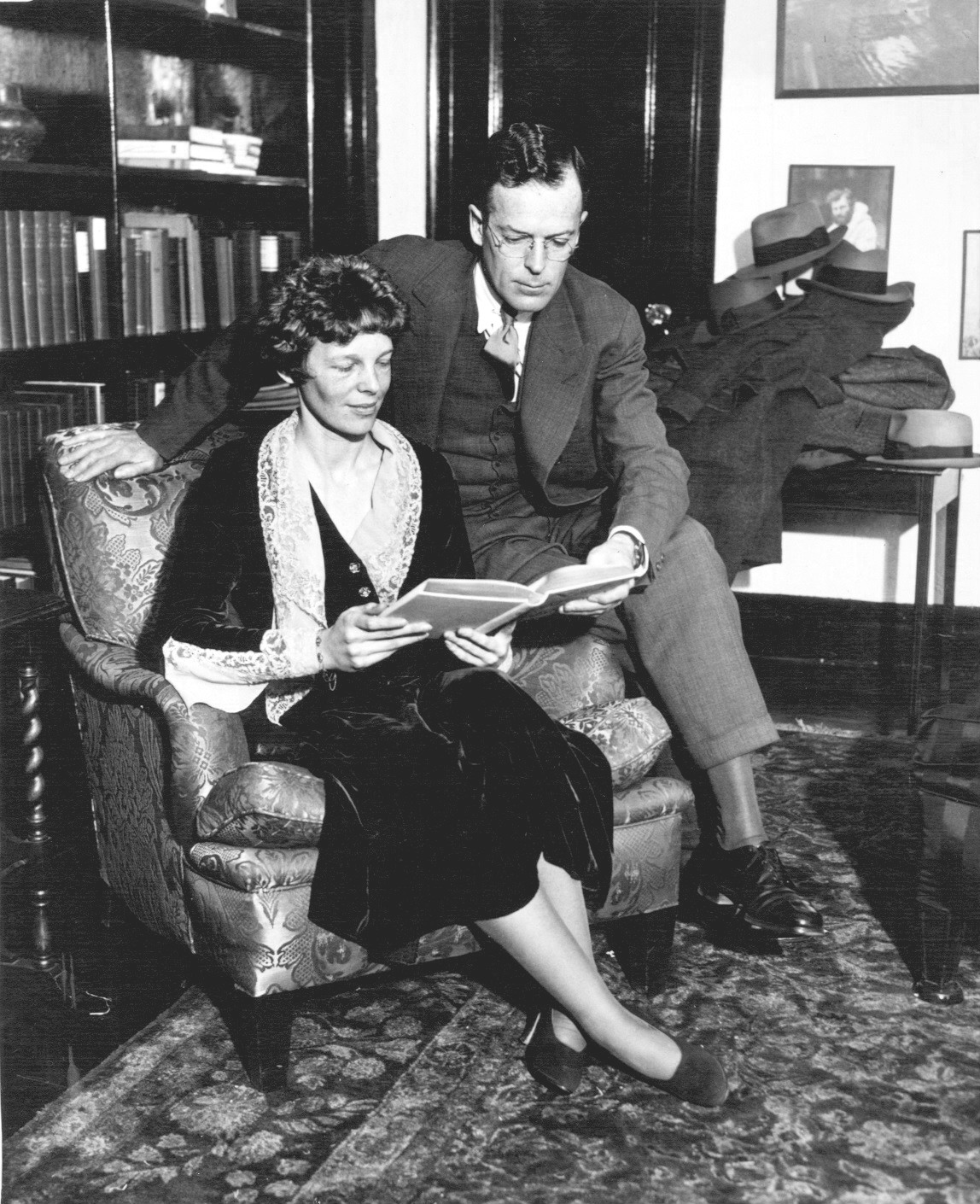
In 1931, while preparing for her Atlantic crossing, Earhart met and married George Putnam, who would remain her husband until her last days.
While happily married, Earhart did not wanted to be a woman in her own right, and grew tired of the media referring to her as "Mrs Putnam."
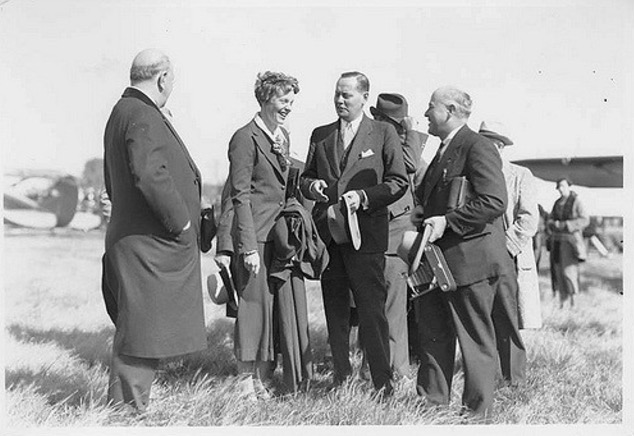
She writes, in unfailingly polite terms:
Dear Mr. Sulzberger:
May I make a request of the Times through you? Despite the mild expression of my wishes, and those of [my husband], I am constantly referred to as "Mrs. Putnam" when the Times mentions me in its columns.
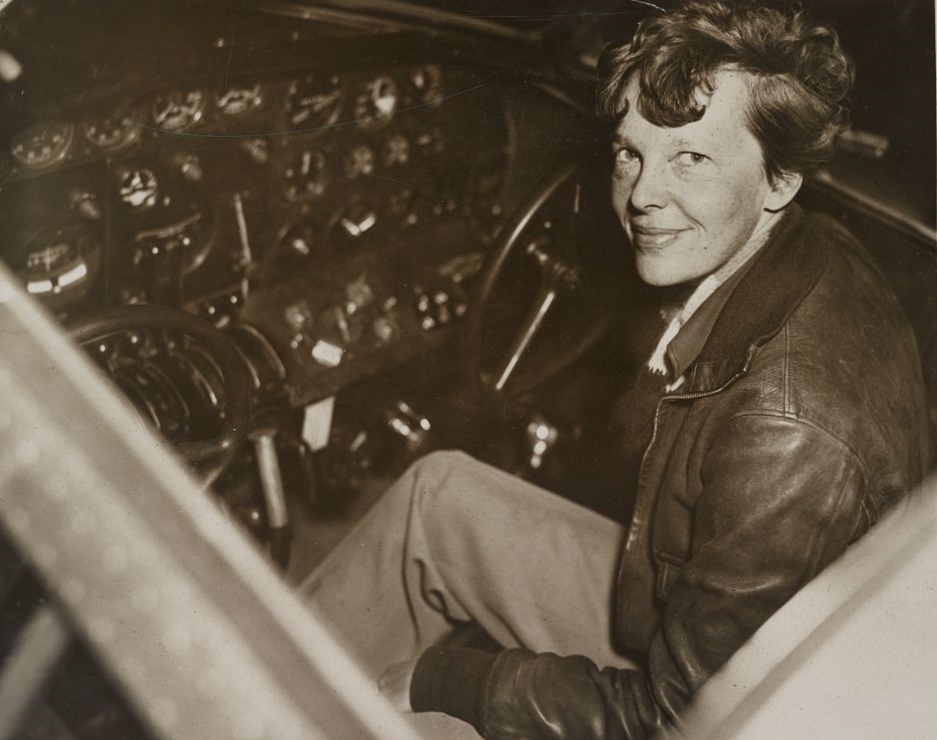
I admit I have no principle to uphold in asking that I be called by my professional name in print. However, it is for many reasons more convenient for both of us to be simply “Amelia Earhart”. After all (here may be a principle) I believe flyers may be permitted the same privileges as writers or actresses.
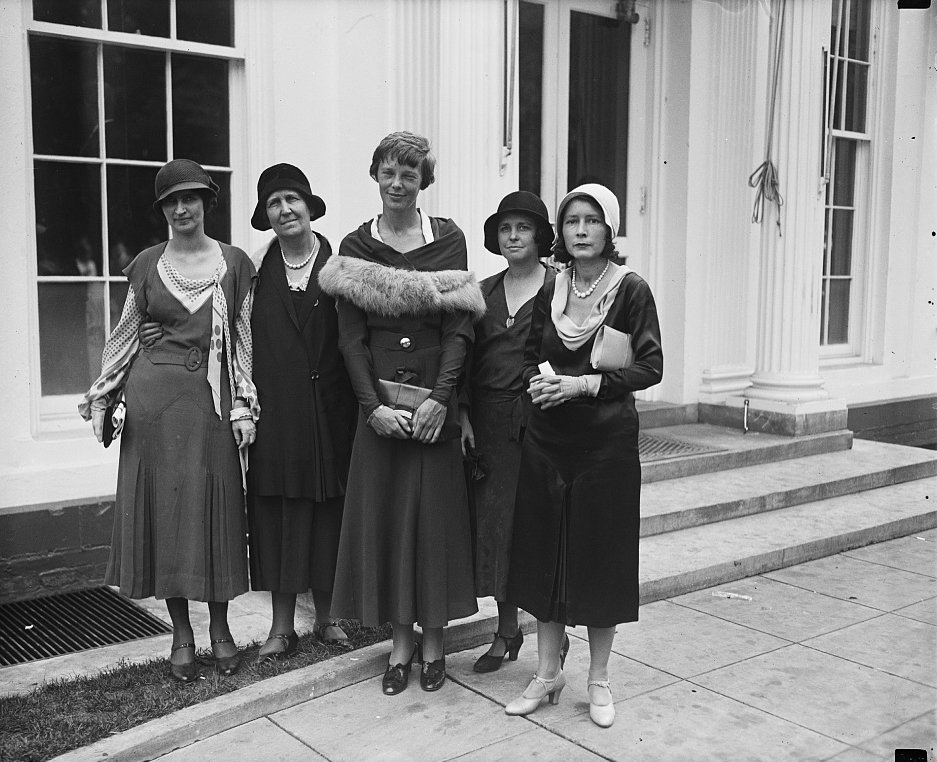
Polite to a fault, she concludes her letter with a few (perhaps pointed) pleasantries:
I have written Mrs. Sulzberger to thank her for sending me the lovely orchids, and here are my thanks to you.
It was pleasant, indeed, to be so remembered.
Sincerely yours,
Amelia Earhart
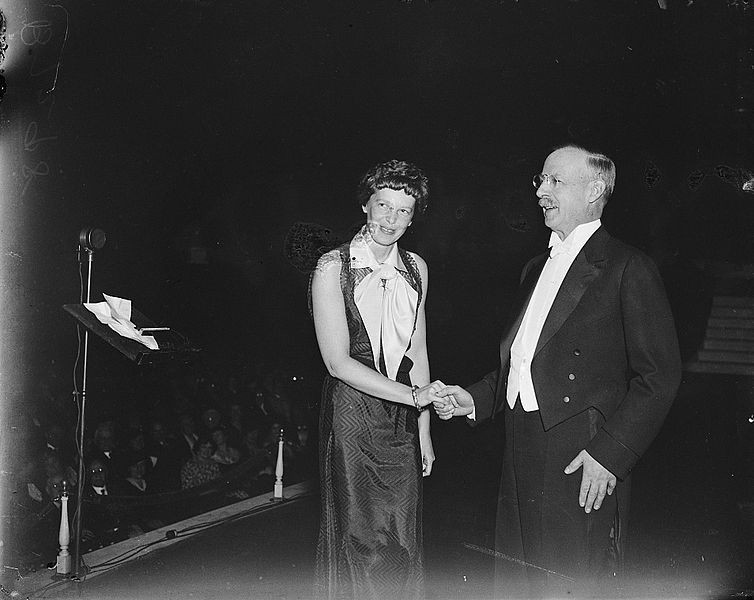
As Carol Ryan explains, the letter worked. The Times began referring to her as "Amelia Earhart" in the paper.
Of course, just because Earhart didn't want to be called "Mrs. Putnam" in print, doesn't mean that she didn't love her husband.
Both she and her husband simply believed that her achievements should stand on their own merit, and on the given name of the woman behind them.
In fact, Earhart's assertiveness over 80 years ago continues to be an inspiration today, for women everywhere.
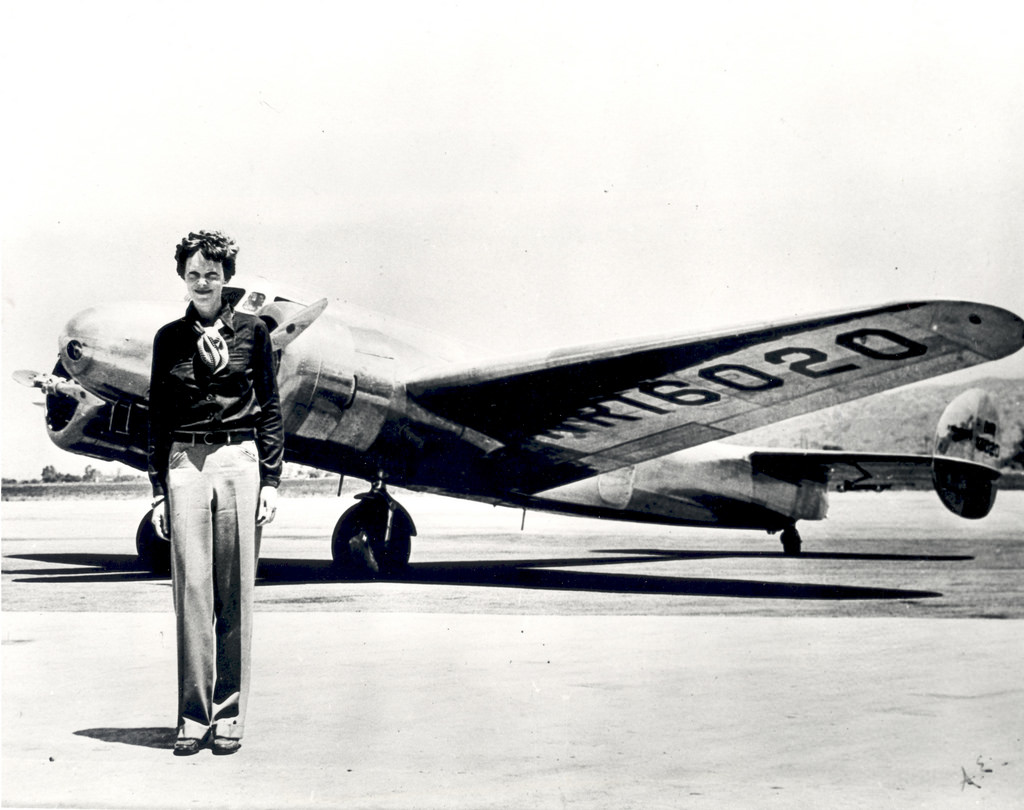
Make sure to SHARE this piece of history with your friends!


